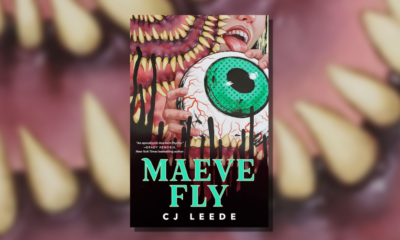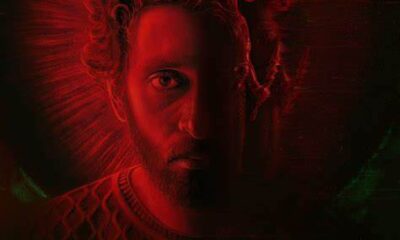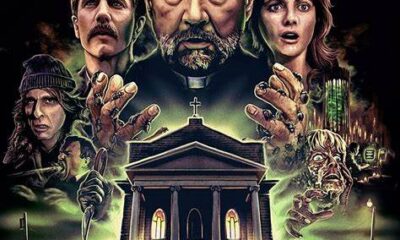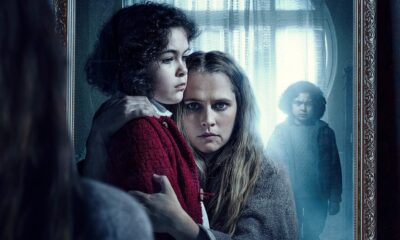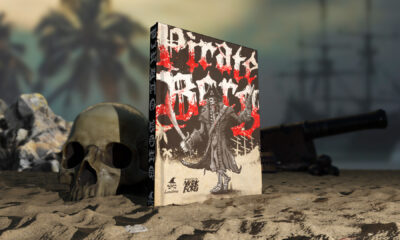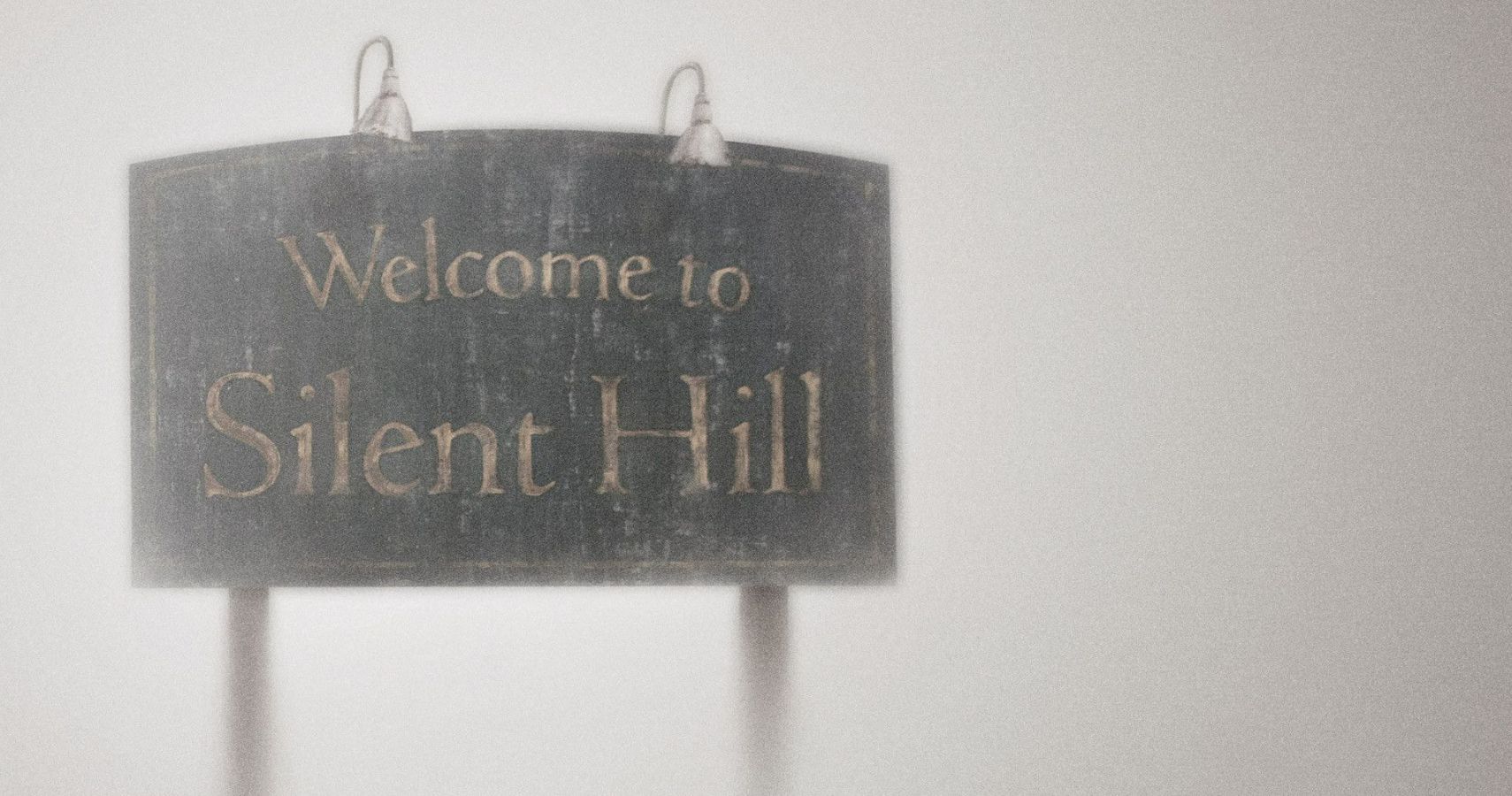
Silent Hill • Putting the ‘Hill’ in ‘Chills’
More Videos
Published
4 years agoon
By
Jake Neville
We’re back on the PS1 this week for a landmark achievement in gaming. Not only are we celebrating the revered first installment of the Silent Hill series, but we are also celebrating my first ever playthrough of the game! ‘First ever?’ I hear you longtime readers of my pen say. ‘But you are the king of survival horrors on the Play Station One!’ I hear you also say. Well, before I jump into any kind of review, it’s important to mention just how rare this game actually is and how hard it was to get my hands on it finally. This game easily goes for at least $80 AUD ($55 USD) secondhand and on retro gaming stores. The sheer scarcity of this game is a testament to its place in horror gaming. Not only is it a strong influence on future horror titles to come, but it is regarded by some as the penultimate culmination of all the survival horror titles before it during the genre’s boom on the PS1. Konami set out to create a Resident Evil of their own in 1999, and what they delivered was a completely unique and unforgetably terrifying experience that would birth a devoted cult following and some of gaming’s most memorable moments.
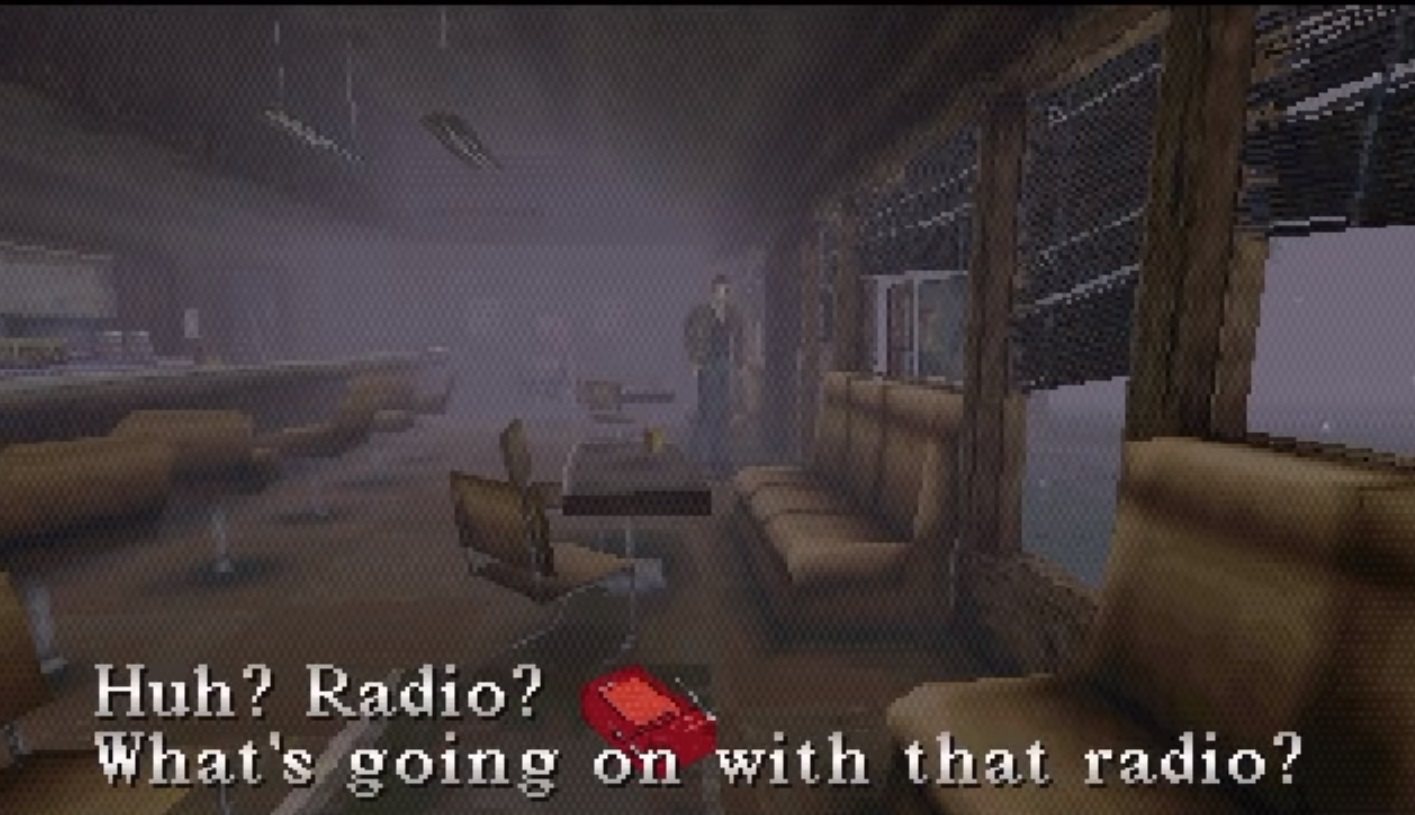
What the fog is going on in this town?
The player inhabits the character of widower Harry Mason who has come to the town of Silent Hill on a vacation with his daughter, Cheryl. But when the game starts, Harry crashes his car and when he wakes up he finds that Cheryl is missing. Thus begins Harry’s adventure (ordeal?) in the abandoned and ever-foggy town of Silent Hill… that is also overrun with monsters for no actual reason (they might be a manifestation of a nightmare, but who’s to say?).
The plot is simple, and thank Samael, because the lore and backstory that encompasses the town and explains why it is the way it is is thorough, deep, and multi-faceted. This is where the game shines in that aspect. Diary entries are far and few between to fill in story gaps, and it isn’t until the final third of the game that the player is clued into what is happening, other than the obvious fact that there is some kind of demon rite, culty aspect to the story. The fact that the game leaves the whereabouts of the people, the reason why the town is half-foggy half-iron-hellscape, and if any of the strange and abstract horrors are actually real, enhances the experience by prompting the player to fill in the gaps with their imagination and interpretation. As for the actual narrative, it serves more the purpose to take Harry to spooky locations like a demon-amusement park, an abandoned school, and a disgusting hospital.

Non-descript monsters galore!
As is the way with survival horror, much of the game is built on exploration, puzzle solving and combat. Interestingly, Silent Hill does not challenge the player to manage inventory, likely due to Konami’s interest in distancing themselves from Capcom. And they do! While the game does feature puzzles and key item collection, it isn’t set up so much in the escape room way that Resident Evil is thanks to Silent Hill‘s semi-open world experience. Instead of a mansion to explore, the entire town of Silent Hill is your mansion, and within that is the aforementioned mini-mansions like the school and hospital. Since Harry has an entire town to be able to traverse, he is generally very fast moving, and so are his enemies.
The game is not a zombie game, it’s a supernatural horror, and as such the enemies are very not of this world. Harry comes armed with a variety of useless melee weapons and some uninspired and difficult to fire guns to fight against cockroaches, dogs, big-clawed moles, grasshopper lizards, and I think gorillas, that all keep him on his toes. Aside from the end boss and the possessed nurses, many of the game’s enemies and bosses are quite lazy in design and don’t really fit in with the world, which I felt detracted from the experience instead of enhancing it in the abstract horror way you’d expect of the psychological horror Silent Hill is founded on.

Drag me to hell and back, and then to hell again, and back one more time
The strongest aspect to the Silent Hill experience is the atmosphere and the various horror elements it is built on. Due to the limit of the PlayStation One’s processing power, and due to the exciting fact that this game is rendered entirely in-game (not a pre-rendered 2D background or asset in sight!), means that the player can only ever see a few metres ahead of them at any given time. This limitation is the explanation for the game’s ever-present fog and darkness and serves as such an unsettling source of atmosphere for the game that the town is synonymous with its fog now. In conjunction, Harry carries a radio with him that has the benefit of crackling softly when an enemy is nearby heightening the eeriness of the fog evermore.
Conversely, the hellscape that Harry is brought to again and again warps the town into a strange and bloody iron fortress that is so grotesque and filled with such disturbing imagery that it is hard to ever wipe the mind of the impacting PS1 graphics. But none of this would work so well if it weren’t for the soundtrack that is most times atmospheric and at the same time avant-garde in its atonality and use of unconventional instrumentation, leaving the player deeply rattled the whole way through. And the times that the game isn’t trying to drive the player insane with its mind-melting dimension swaps and spooky atmospheres, the title is home to some of the most beautiful and melancholic arrangements I’ve ever heard from a video game (Lisa Garland, I’m looking at you).
Good + ending
This game is good. It’s good plus. It’s great. It’s a classic. It has everything going for it, especially its unique use of supernatural and psychological horror that was relatively unseen until its debut in gaming and its visionary new game plus system combined with multiple endings leading to plenty of replayability. But it’s a very serious game. It is dark and grim and rooted in tragedy. Fans of the series know that the game does have a few hidden silly moments, but that was probably my least favourite aspect of the game. It is unrelenting in its depressive tone and the game feels hopeless, and for me at times it lead the game to feel unfun. Overall it was enjoyable and was a fantastic horror experience, and the fact that the game actually made me feel hopeless should be a massive plus but it did make the drive to finish the game difficult. Outside of this and my opinion on the uninspired enemies, this game is perfect and is a must-play for all horror officianados. Four Cthulhus out of five. More to be read here.
 (4 / 5)
(4 / 5)
You may like
Hey, Munchkin Maniacs! Ready to level up your game nights? Dive into the ultimate Munchkin experience with the Munchkin Big Box! This collector’s bounty is packed to the brim with over 600 cards decked out in John Kovalic’s iconic art, not to mention the rad new gameboards, standees, and more surprises than you can shake a +1 Sword at!
Here’s the rundown:
- Playable with 3-6 Players
- Epic game time of 1-2 Hours
- Perfect for ages 14+
- BackerKit steal of $125
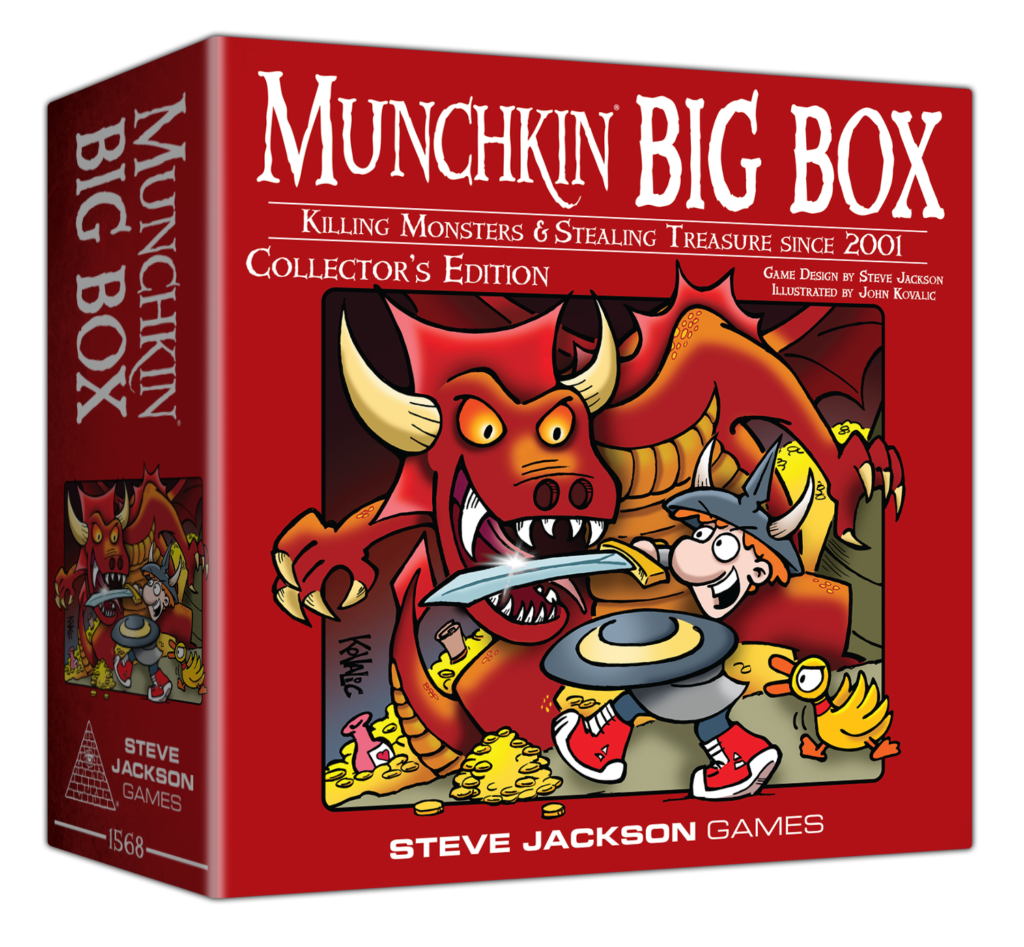
What you’re getting:
- A mind-blowing 650+ cards including all your faves and new exclusives
- A killer box that can hold over 2,000 cards and gear
- Swanky card separators and dual gameboards for ultimate play
- Six colorful dice, two Kill-O-Meters, and an updated rulebook to keep things spicy
- 12 Standies in various colors, standie bases, and a playable bookmark because why not?
- The cherry on top? A Limited Edition Spyke Enamel Pin and exclusive Munchkin decals!
Since its epic launch in 2001, Munchkin has been slaying at game nights worldwide. Now’s your chance to be part of the legend. Get ready to take a one-way ticket to Munchkin glory, and you need to do is click on to BackerKit and help this bad-boy come alive!

So, what are you waiting for? Summon your crew, back ’em on BackerKit, and let’s make the Munchkin Big Box a reality. Your adventure begins now – don’t miss out on the loot, the laughs, and the ultimate betrayal. Back it, unpack it, and start the munchkin madness cuz you KNOW HauntedMTL is up and ready to back!
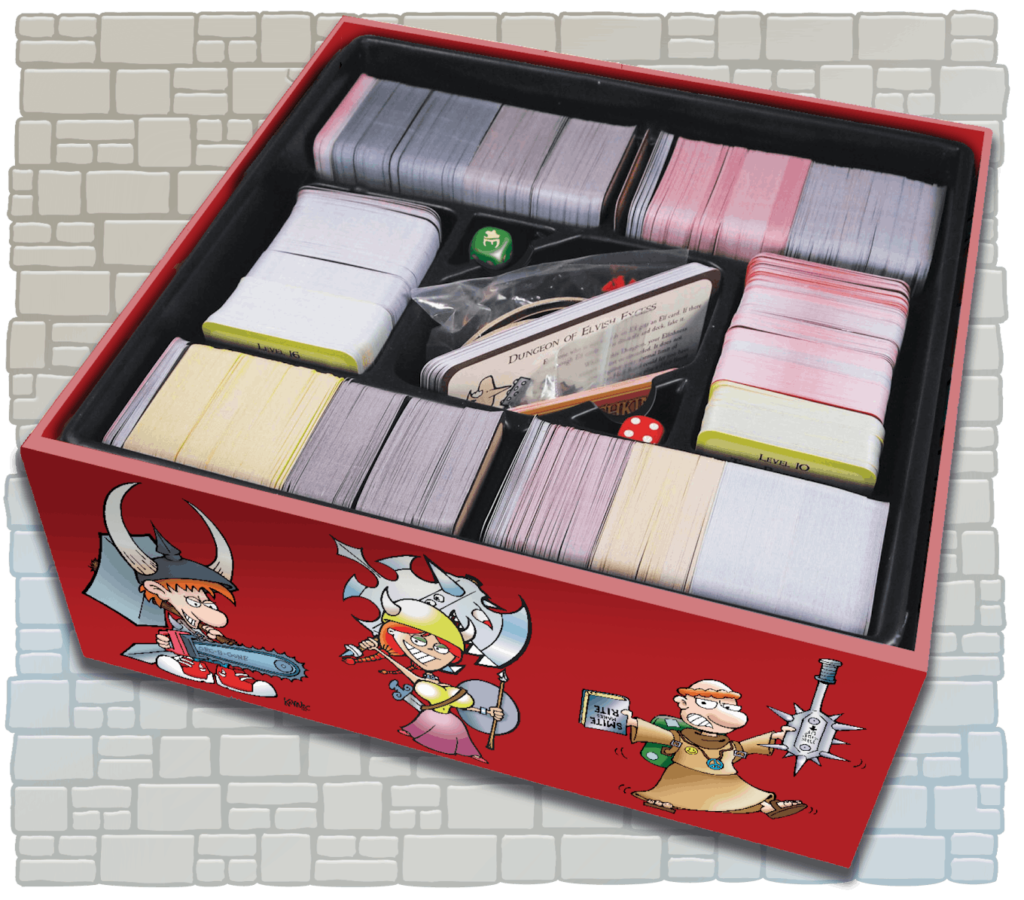
Join the adventure on BackerKit and let’s slay this beast together! 🐉🗡️✨
Click here to back the Munchkin Big Box on BackerKit!
Don’t just play the game, BE the game. Let’s do this, Munchkinheads!
Continuing with video games I got to try out at PAX East, I was delighted to demo Let’s! Revolution! the debut game by developer and publisher BUCK. BUCK has historically been an animation and design studio, notably having worked on Into the Spiderverse and Love, Death, & Robots. Let’s! Revolution! marks their first foray into the world of video game development. I found this so interesting, I spoke to the Creative Director for Let’s! Revolution! on his career and how BUCK navigated that transition (find it here).
Let’s! Revolution! is a roguelike puzzle game inspired by the classic game Minesweeper. In it, you play as one of six heroes fighting their way along the dangerous roads to the capital city. Once there, you can defeat the tyrannical king and save the kingdom from his reign. Released in July of 2023, the game has been met with high praise. Unsurprisingly, this includes the game’s artistic and musical direction (by the team at Antfood), which is both stylistic and beautiful.
Watch the console reveal trailer here for a taste of the delightful animation and music:
I had the opportunity to play a 20 minute demo of Let’s! Revolution! on the PAX East show floor. I played alongside the Creative Director and other people who worked on the game. It’s important to note that this wasn’t long enough to get a feel for all the characters or the replayability of the game. But, it was definitely long enough to be enchanted by the game and the passion of the people who made it.
The core mechanics are inspired by Minesweeper. The player must use the power of deduction to uncover procedurally generated maze pathways to the exit. However, enemies are hidden along the way and can defeat the player before they reach their goal. Each character has their own special abilities that can help. Items and general abilities can also be bought or discovered to make your hero more powerful. All of these are limited in some way either by energy (your action currency) or limited uses per run.

From what I played, the gameplay is relatively simple with a mix of chance and strategy. I liked the cozy atmosphere, especially when combined with the ‘high stakes’ mechanics associated with Minesweeper. The UI was easy to understand and interact with while still being cohesive with the storytelling. And of course, the character design is exquisite and narratively driven, with many of the characters presenting as queer.
Having released on consoles earlier this month (April 2024), Let’s! Revolution! is even easier to access than ever. Let’s! Revolution! is a perfect game for those who love cozy roguelites and beautiful (queer) aesthetics. I definitely recommend it for fans of roguelites looking to try something fresh. Look for it anywhere you game!
 (4.5 / 5)
(4.5 / 5)
Check out my other PAX posts here!
Gaming
Interview with Creative Director Michael Highland: Let’s! Revolution! @ PAX
Published
3 days agoon
April 19, 2024
Another game I had the chance to play at PAX East was, Let’s! Revolution!, a Minesweeper-inspired roguelite puzzle game by animation (and now game) studio, BUCK. I talk more about the game itself in another post. Here, I wanted to highlight the conversation I had with Michael Highland, the Creative Director for Let’s! Revolution! and his journey through video game development.
How did you become involved in video game development?
I studied digital media design in college; this was before there were many programs dedicated to game development. After graduating, I self-published a mobile game called Hipster City Cycle with friends. Over the next few years, I slowly got more freelance work as a game designer, and eventually landed a full-time role at thatgamecompany working on the follow-up to their 2012 GOTY Journey. I worked my way up there and was eventually the Lead Designer on Sky: Children of the Light. Working at thatgamecompany opened a lot of doors professionally. I eventually wound up at BUCK, where I saw the opportunity to help establish a new game studio within a very vibrant existing creative culture.
What has been the most challenging aspect of the development process?
Each studio has its own unique issues based on the people involved. There are commonalities like the need to fight feature creep and building consensus around ideas early in the process when all you have is an abstract grey box prototype to react to. At BUCK the biggest challenge has been channeling the abundance of creative energy and talent into a shippable product. There’s a ton of enthusiasm for games within the company, and without clear product-centric goals (who is the target audience, what platform are we releasing on, what’s the marketing strategy), projects have the tendency to spiral out of scope. Another challenge has been building credibility with publishers. BUCK has an amazing pedigree for animation and design, maybe the best in the world, but when we initially pitched ideas to publishers, they all said the same thing: looks great, but until you’ve shipped a game, you’re too high-risk. That’s what led to us self-publishing Let’s! Revolution! Now that we have a well-reviewed game out in the wild, I feel confident we’ll have more luck with publishers.
BUCK primarily has its roots in animation, what led the decision to start branching into video game development?
It started with a general excitement about the medium and a desire among the staff to work on a game. Leadership at BUCK is all about providing the staff with exciting creative opportunities, and getting to work on a game, is, for some, a creative dream come true. And putting BUCK content out in the world is a point of pride and a boost to morale. From a business perspective, the fact we can staff out game projects with the top animation and design talent in the world is a huge advantage. We’re already starting to see new opportunities for the service side of the business based on the success of Let’s! Revolution!
The art, unsurprisingly, is delightful. What were some of the priorities during the character design process and how did those influence the final hero designs?
Our Art Director Emily Suvanvej really led the charge on the look of the game. There are obvious influences like Studio Ghibli, Moebius, and Steven Universe. My shared goal with Emily was to make something together that reflected the diversity of the team’s artistic and lived experiences. The artists put so much love into the character designs and animation, it really shows.
Some of the primary game mechanics take inspiration from Minesweeper, what was the process like to create your own interpretation of those classic mechanics?
This article goes into depth on this topic. The TLDR is that we took a very iterative approach, at each stage trying to identify what was working about the prototype and lean into that. The initial game concept came together relatively quickly in part because our goal for this project was just to finish a game. We just focused on what was good and kept building on it. I wouldn’t say the final game is “perfect” – but we wound up with a much bigger and higher quality experience than I expected by not letting perfectionism get in the way of making good better.
Is there anything else you would like to plug or that you think is important for people to know about Let’s! Revolution! or other upcoming projects?
The music and sound design for the game is stellar. We worked with a creative audio company called Antfood and they knocked it out of the park. The audio got an honorable mention from IGF, which I think is extra impressive because most of the other games were audio-centric titles with some unusual hook to the sound design. For the OST, Antfood reworked all of the music from the game into a continuous flow, like a concept album. It’s so good. I love working with them.


